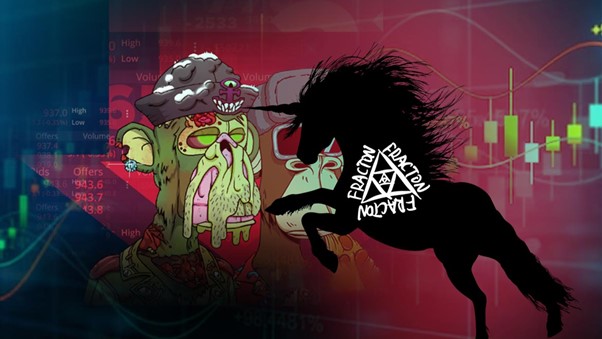Will the $28K Bitcoin Price Hold? Two indicators remain solid despite 5% pullback
Bitcoin (BTC) experienced significant volatility between April 25 and May 1, ranging between $27,200 and $30,000. From a trading perspective, the 10.5% move sounds alarming, resulting in $340 million in leveraged BTC futures contracts.
From a broader angle, however, the Bitcoin price is up 72% year-to-date in 2023, while the S&P 500 stock market index accumulated 9% gains.
BTC price rises on weaker US dollar, banking crisis
Bitcoin’s bull run came as the Dollar Strength Index (DYX), which measures the US currency against a basket of foreign currencies, neared its lowest level in 12 months.
The indicator stands at 102, down from 105.3 eight weeks earlier, as investors priced in higher odds of further intervention by the US Treasury Department to contain the banking crisis.
On May 1, the California Department of Financial Protection and Innovation shut down First Republic Bank (FRB) and transferred control to the Federal Deposit Insurance Corporation (FDIC). The FDIC then entered into a purchase and assumption agreement with JPMorgan to protect depositors. FRB joined Silicon Valley Bank and Signature Bank to become the last US bank to fail in 2023.
Now, the upcoming Federal Reserve interest rate decision on May 3 has Bitcoin investors questioning the sustainability of the $28,000 support level. By pushing interest rates closer to 5%, the central bank removes incentives for risk-market investment, essentially negative for the price of Bitcoin.
Let’s look at derivatives calculations to better understand how professional traders are positioned in the current market environment.
Bitcoin margin markets show modest optimism
Margin markets provide insight into how professional traders are positioned because they allow investors to borrow cryptocurrency to leverage their positions.
OKX, for example, provides a margin lending indicator based on the stablecoin/BTC ratio. Traders can increase their exposure by borrowing stablecoins to buy Bitcoin. On the other hand, Bitcoin borrowers can only bet on the decline of a cryptocurrency’s price.
The chart above shows that OKX traders’ margin lending ratio increased between April 17th and April 30th. That is somewhat worrying as it shows that leverage has been used to support the Bitcoin price gains.
Also, the ratio of 43% favoring BTC longs on April 27 was a 40-day high, indicating overexcitement as Bitcoin flirted with $30,000, as adjusted to 32% after the latest correction to $28,400.
To rule out externalities that may have solely affected the margin markets, one should analyze the long-to-short value. In addition, it collects data from exchange clients’ positions on spot, perpetual and quarterly futures contracts, thus providing better information on how pro-traders are positioned.
Related: What the Gensler hearing means for US crypto regulation and policy
BTC derivatives markets are showing no signs of bearishness
There are occasional methodological discrepancies between different exchanges, so readers should monitor changes rather than absolute numbers.
Although Bitcoin failed to break the $30,000 resistance, professional traders have increased their leveraged long positions using futures, according to the long-to-short indicator.
On the OKX crypto exchange, the long-to-short ratio increased sharply, from 0.66 on April 27th to the current 0.93 on May 1st. At Binance, the long-to-short ratio also increased, favoring longs, moving from 1.12 on April 25 to a peak of 1.26 on April 30.
Therefore, despite the 5% price decline from a high of $29,970 on April 30, the bears using futures contracts were not confident enough to add leveraged shorts. Simply put, even if Bitcoin retests $28,000, bulls should not yet throw in the towel as both margin and futures market indicators remain healthy.
This article does not contain investment advice or recommendations. Every investment and trading move involves risk, and readers should conduct their own research when making a decision.


